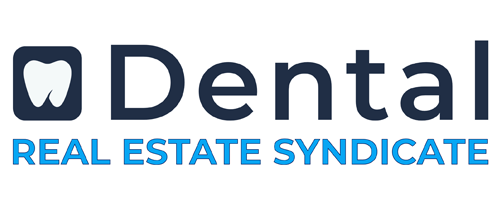The commercial real estate (CRE) market is significantly influenced by fluctuating economic conditions and interest rates. Understanding the nuanced effects of these factors on property values, market dynamics, and strategic investment decisions is crucial for investors, developers, and stakeholders within the commercial property sector.
Economic Conditions and Their Influence on Commercial Real Estate
- Economic Growth and Commercial Property Demand Economic conditions, notably GDP growth, directly affect demand for commercial real estate. In robust economies, business expansion drives up the need for office spaces, retail locations, and industrial facilities. Conversely, during recessions or economic slowdowns, there’s a marked decrease in demand as businesses contract or cease operations.
- Employment Rates: Higher employment rates boost consumer spending, directly benefiting the retail and service sectors that depend on physical commercial spaces.
- Consumer Confidence and Commercial Investment Consumer confidence serves as a barometer for economic sentiment, influencing business investments in commercial properties. High confidence levels spur business expansion, increasing demand for commercial leases and property purchases. Low confidence, conversely, can stagnate or reduce activity within the CRE market.
- Sector-Specific Economic Impacts Different commercial real estate sectors react differently to economic shifts:
- Retail Properties: Economic downturns may hasten the transition to e-commerce, reducing the value of physical retail spaces.
- Industrial Real Estate: Sectors like logistics and e-commerce often thrive regardless of general economic downturns, driving demand for warehouses and distribution centers.
The Role of Interest Rates in Commercial Real Estate
- Borrowing Costs for Commercial Properties Interest rates are pivotal in determining borrowing costs. Higher interest rates increase the expenses associated with financing commercial real estate acquisitions and operational costs, potentially cooling market demand.
- Impact on Real Estate Purchases: Rising interest rates often deter investment in commercial properties due to the higher costs of financing, leading investors to postpone or scale down purchases.
- Capitalization Rates and Property Value Interest rates directly impact capitalization rates (cap rates), which are critical in evaluating the value of income-producing properties. An increase in interest rates usually results in higher cap rates, which can decrease commercial property values.
- Valuation Adjustments: Investors need to anticipate adjustments in property valuations with shifting interest rates, particularly in markets dependent on financing.
- Adjusting Investment Strategies in CRE Fluctuating interest rates require investors to adapt their commercial real estate strategies:
- Loan Preferences: In environments with rising interest rates, securing fixed-rate loans can be advantageous to mitigate future cost increases.
- Diversification: Investors may look towards less interest-sensitive sectors, such as multifamily units or healthcare facilities, which tend to offer more stable returns.
Market Outlook and Future Considerations for Commercial Real Estate
- Current Economic Trends With ongoing global inflationary pressures and tightening monetary policies, rising interest rates are becoming more common. These trends necessitate vigilant monitoring by commercial real estate investors to adjust strategies accordingly.
- Long-Term Prospects The future landscape of commercial real estate will hinge on economic resilience, interest rate stability, and the performance of specific sectors. For instance, while logistics and healthcare real estate sectors may show resilience or growth, traditional retail spaces might face more significant challenges.
- Technological Advancements and Commercial Real Estate Advances in technology such as remote work capabilities, e-commerce, and smart buildings are reshaping demand and operational practices in commercial real estate. Stakeholders should consider how these trends will influence property utilization and values moving forward.
Conclusion
Navigating the commercial real estate market requires a comprehensive understanding of the interplay between economic conditions, interest rates, and sector-specific trends. By staying informed and adaptable, investors, developers, and CRE stakeholders can effectively manage risks and capitalize on opportunities in a dynamically changing environment. Regular analysis of economic indicators and interest rate movements, combined with a proactive approach to investment and management, will be key to achieving success in commercial real estate investments.

